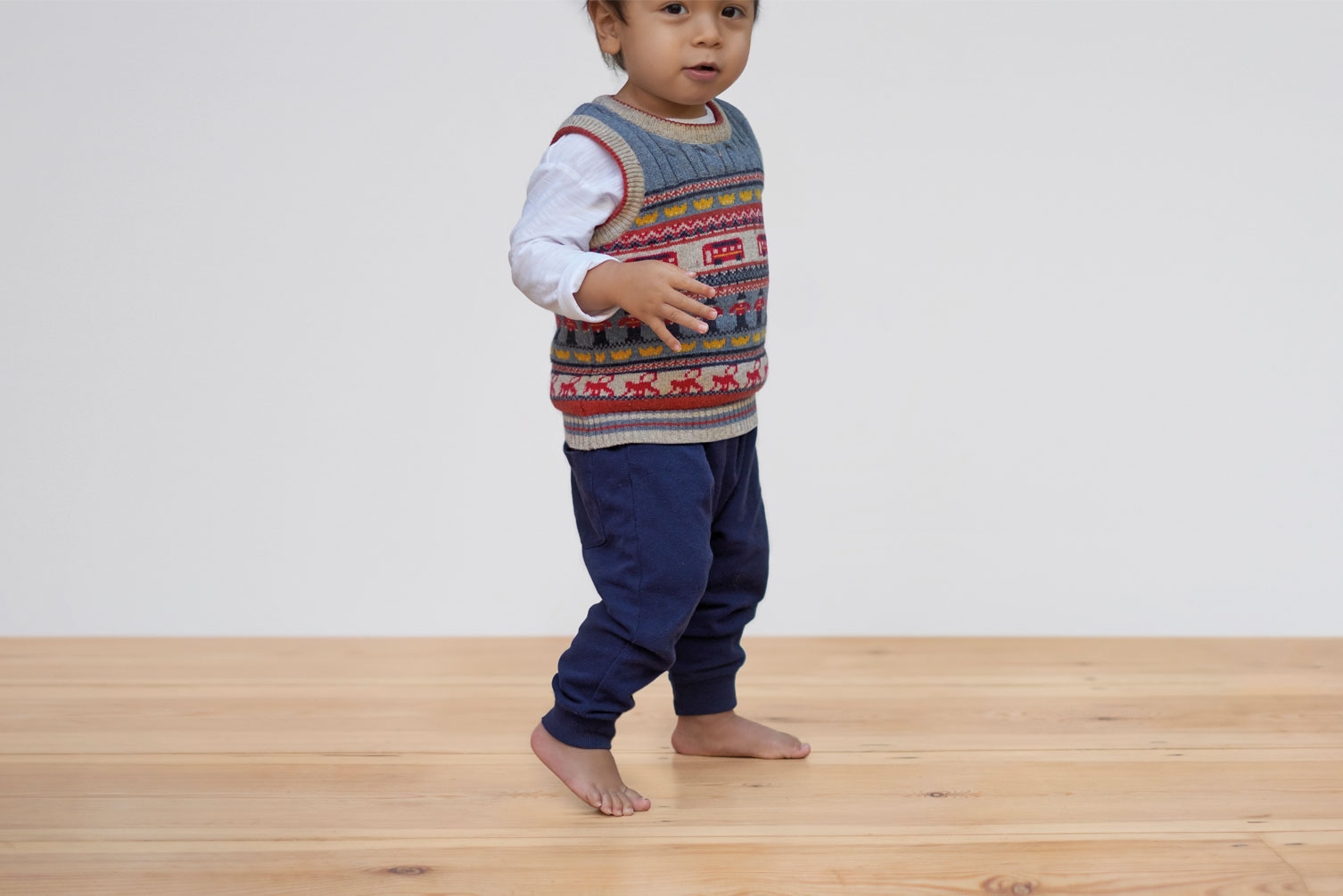
Sadly, blisters are a fairly common occurrence and most often develop on feet and hands. A blister is a small pocket of fluid that collects under an area of damaged skin, usually caused by friction or heat such as sunburn or a scald. The pocket develops in the upper layer of the skin in order to cushion and protect the delicate tissue underneath from further damage. The pocket protects while the skin underneath it heals and develops. The blister fluid usually drains within a few days and once the skin underneath is ready, the top, outer layer of the blister will fall off.
Blisters are filled with a clear fluid, but can change colour if the fluid inside is blood, or the area is infected and the fluid is pus.
There is always a temptation to pop a blister and many believe that exposing it to the air will speed up the healing process. Is this a myth or a fact? We’ve got the answers for you below.
The blister is serving a purpose, to protect the skin underneath, so in effect if you pop it to release the cushion of fluid, then the area it was protecting will become exposed and more painful. To avoid pain, do not pop a blister.
The human body is magical and in fact, if left unpopped, the body will gradually absorb the fluid as the skin underneath recovers. The top layer of the blister will then wither and release from the skin without any pain.
If the skin over the blister bursts prematurely then don’t peel off the dead skin. It’s a good idea to cover the affected area with a plaster or dry sterile dressing to protect it from infection while it heals.
If you do pop a blister then you are compromising the healing process and you could invite an infection.
Some blisters are caused by viruses, such as cold sores. These blisters should not be popped as the virus can be easily spread to other people or other areas of your skin. Popping these types of blisters will not help them to heal any faster.
There might be a few occasions when it’s practical to pop a blister but it’s important to determine what sort of blister it is first. A friction blister which is most common on feet will take longer to heal if it continues to be rubbed. And the constant friction might also prematurely burst the blister, which then exposes the skin to infection. In this circumstance when it is not possible to protect the area to enable it to heal naturally, then popping the blister and covering it with a sterile dressing to protect it while it heals might be the best idea.
If there is pus inside the fluid of a blister then it has become infected and it’s important to talk to a doctor, as left untreated the infection can develop into further complications.
A blood blister is where blood has developed under the skin, instead of a clear fluid. Blood blisters should be treated the same way as friction blisters and should only be popped and re-covered with a sterile dressing if completely necessary to protect them from further damage.
A blister that has not popped and is left to heal naturally should drain and repair within a few days. A blister that has continued friction can take up to a few weeks to heal. If your blister has popped, it may take longer to heal - which is why it is important to treat your blister carefully to avoid infection.
Author: Vista, published 20-12-2022.